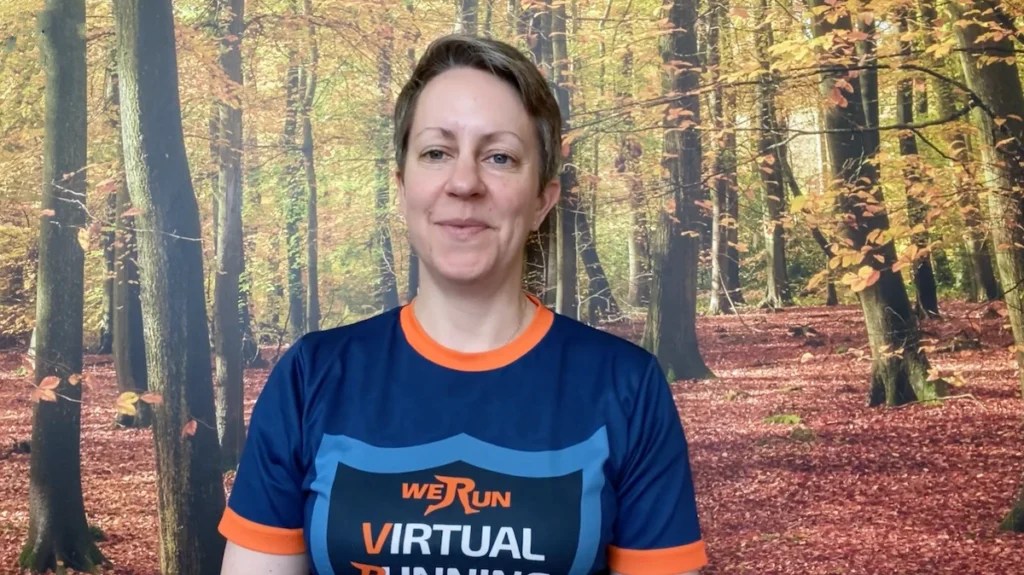
With Coach Alexa, Online Running Coach and in-person coaching in South Oxfordshire
Introduction
Coach Alexa here, coach for Redding, South Oxford and online. In this session, I want to explore the remaining parts of human anatomy that are slightly less related to running but are still a core part of how we move – our arms.
The Structure of the Arms
We have two key views of the arms to consider. The first shows the back of the hand leading up to the back of the shoulder, and the second shows the front of the arm with the palm facing outwards.
In a previous video, we covered the shoulder, which is quite a complex joint and plays a key role in our running motion. Now, let’s take a quick look at the main components of the arms themselves.
Major Muscles – Biceps and Triceps
The largest muscles in the arms are the triceps and the biceps.
- Triceps extend the elbow and move the whole arm backwards from the shoulder.
- Biceps bend the elbow and assist in moving the arm upwards and forwards from the shoulder joint.
The Elbow – A Key Hinge Joint
The elbow functions as a hinge joint, not too dissimilar to the knee. Just like the hip and shoulder allow movement in many directions, the elbow simplifies that movement into bending and straightening actions.
As you move down the arm, the muscle directions simplify and tend to run parallel to the bone, controlling finer movements in the wrist and fingers.
Forearm and Wrist Function
Many of the deeper muscles in the forearm control wrist and finger movement. The hand itself has smaller muscles that allow fine control, similar to those found in the feet.
Tendons and ligaments play a crucial role in holding everything together, ensuring both strength and flexibility.
We have one large bone in the upper arm and two smaller bones in the lower arm, similar to the leg’s structure. This design allows us to rotate the wrist, draw circles and move it side to side. The two forearm bones rotate over each other to create this wide range of motion.
Comparing Arm and Leg Movement
As mentioned in the shoulder video, the shoulder plays a key role in running propulsion. Interestingly, the way our joints are arranged and how they function show similarities between the upper and lower body:
- Shoulders and hips
- Elbows and knees
- Wrists and ankles
- Hands and feet
These parallels suggest a shared design heritage, possibly carried over from when humans were four-legged creatures.
Conclusion
Understanding how the arms mirror the legs in structure and movement helps us appreciate their contribution to running form and efficiency. I hope this overview has been useful. Happy running!



